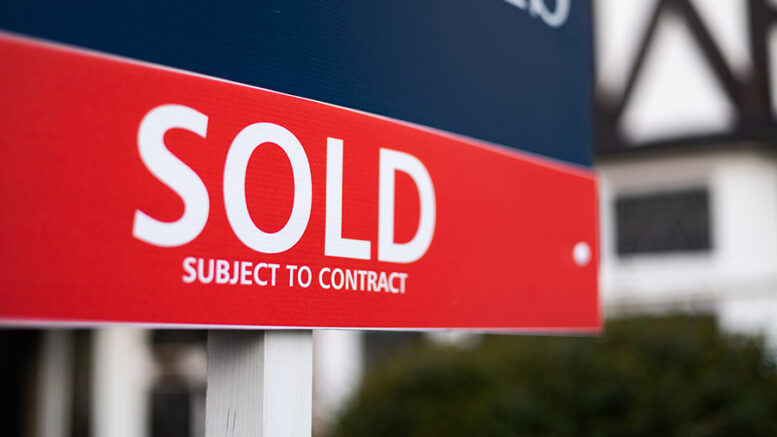UK house prices have grown at 5.3 times the pace of earnings over the last year, according to new research by eXp UK-raising alarm bells for landlords and investors weighing future yields, capital growth, and tenant affordability. The average home now costs £271,403, up £10,087, while average salaries have grown just £1,921 over the same period.
Regional disparities reveal sharper imbalances outside the South
The East Midlands and East of England saw the steepest mismatches, with house prices growing 6.7 times faster than wages, closely followed by Scotland (6.4), Wales (6.3), and Yorkshire & the Humber (5.8). Even in the traditionally more affordable North East, house prices still outpaced earnings by nearly 6 to 1.
London, though often seen as an overheated market, recorded a 4.7x multiplier-on par with the West Midlands. Southern regions like the South East (3.7x) and South West (3.3x) showed slightly smaller gaps, but the national pattern remains clear: house price inflation continues to dwarf wage growth, further challenging tenant budgets and raising the stakes for landlords managing affordability.
Adam Day, head of eXp UK and Europe, warned: “With house prices growing more than five times quicker than earnings nationwide, buyers face increased pressure and reduced affordability. Many will continue to find the market increasingly difficult to enter or move within.”
Affordability squeeze may hit tenant budgets-and rental margins
For landlords, the figures have two sides. On one hand, rising property values offer capital growth potential, especially in high-performing regions like the East Midlands. But the wider earnings gap is putting tenants under strain-meaning rent increases must be managed carefully, particularly with inflation slowing and political focus turning towards cost-of-living relief.
Landlord and property consultant Sarah Rowley, who owns a six-property portfolio across Lincolnshire and Yorkshire, said: “I’ve seen valuations rise steadily, which is great for long-term equity. But my tenants are struggling with food, bills, and now childcare-so pushing rents any further just isn’t sustainable. It’s about balance.”
Some landlords are already adjusting their strategies, targeting smaller properties in high-yield areas or delaying remortgaging in hopes that interest rates continue to ease. The current economic backdrop is placing even more emphasis on buy-to-let resilience-not just returns.
First-time buyers priced out, but rental demand likely to rise
eXp’s research suggests that as home ownership drifts further out of reach, the private rented sector (PRS) will absorb the fallout. Fewer first-time buyers means longer tenancy lifespans and increasing reliance on private landlords to provide stable housing-especially outside the south-east.
That could bolster long-term demand, but it may also invite greater political scrutiny. With the general election drawing near, both main parties are expected to lean into pro-tenant rhetoric, including pledges around rent controls or expanded rights. Whether that translates into legislation is another matter.
The data confirms what many landlords already feel on the ground: property values are running far ahead of earnings, deepening the divide between those who own and those who rent. For buy-to-let investors, the challenge will be balancing portfolio growth with tenant affordability-especially if political headwinds shift after the next election.








